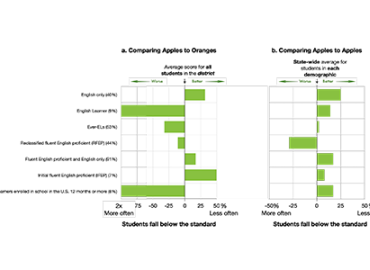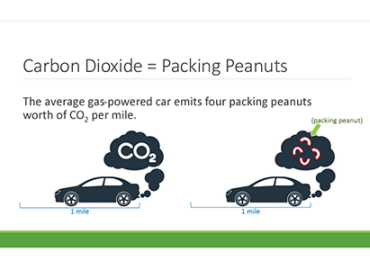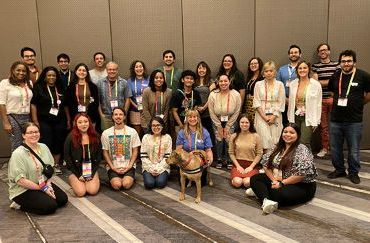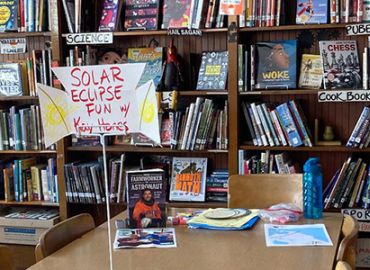Archives
CAST is now on the Dashboard!
Learn about the integration of CAST data into the California Dashboard and strategies to close achievement gaps in science. Explore CASE's CAST Academy, resources for 3D science instruction, and actionable steps to include K-12 science in your…
Compare Apples To Apples With Cast Data
Most of what the CAST data show are systemic issues in supporting emergent bilinguals and other historically marginalized students, and those long-term effects of systemic failures of society go beyond the school system. On my quest to help classroom…
It’s a Wrap: California Science Education Conference 2024
As we near the end of 2024 I asked the 2024 Science Education Conference Chairs to reflect on the successes and challenges of this year’s conference and ended with a couple of questions for the 2025 Conference Co-chair, Crystal Starr Howe, about what…
Translanguaging Capitalizes on Students' Home Languages, Knowledge, and Cultural Assets
Discover how translanguaging empowers Emerging Multilingual Learners (EMLs) by valuing their home languages and cultural assets. Explore strategies to deepen science understanding while fostering inclusion and academic growth.
“Counting Carbon” to Combat Climate Change
Explore Megan J. Sulsberger's CASE session on teaching climate change with STEM-based activities. Learn how to empower students to understand CO2 emissions, carbon sinks, and take action for sustainability.
The Leaf Detective: A CASE Book Report
As an educator, I am forever looking for the perfect attention-grabbing hook for my lesson. How do I enthrall my students, encourage them to ask questions, and evoke curiosity? The Leaf Detective: How Margaret Lowman Uncovered Secrets in the…
The California Mathematics, Science, and Computer Science Partnership: Science Leadership & Improvement
Every student in California accessing engaging, inquiry-based, student-centered science instruction and learning - that is the northstar for the statewide Science Steering Team, a layer of leadership within the vast network of the California…
The Conference is About Community!
The 2024 California Science Education Conference in Sacramento is right around the corner, November 8-10. Of course, the meat and potatoes of the conference are the workshops and short courses and the exhibit hall, where we science educators share…
5 Criteria for Selecting Great Teaching Phenomena
Phenomenon-based learning is a central component of the Next Generation Science Standards, and it’s a great practice: when we use real-world experiences and questions to introduce a science topic, students engage much more deeply.
My Experiences as an Eclipse Ambassador
The Solar Eclipse on April 8th was visible in parts of Mexico, United States & Eastern Canada. I wanted to share the eclipse with the students and families of my community.











